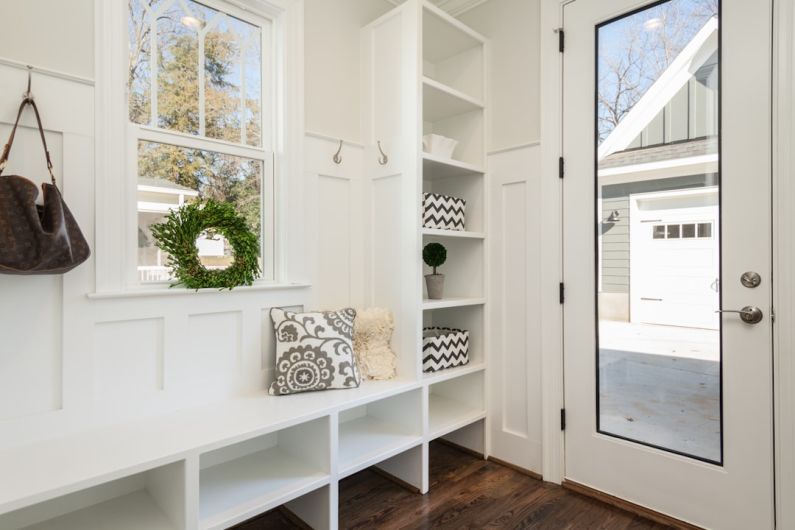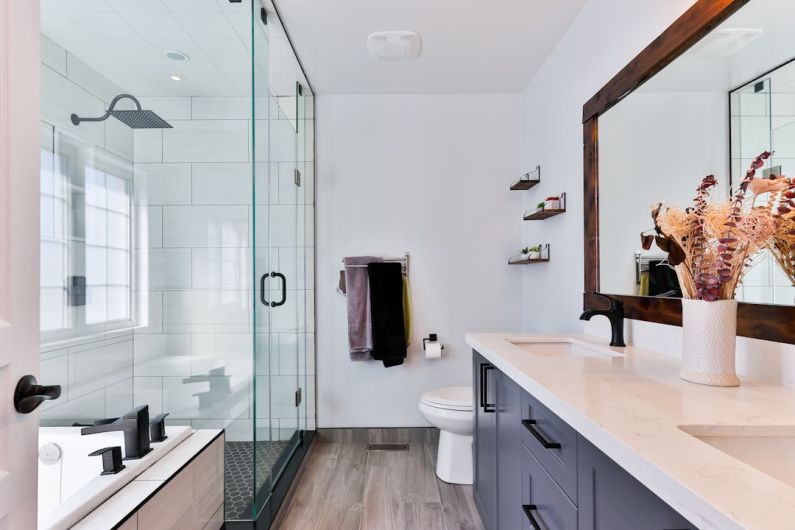How to Make Your Home More Accessible
Creating a home that is accessible for everyone is important for ensuring inclusivity and enabling individuals with mobility challenges to live comfortably. Whether you are living with a disability, have elderly family members, or simply want to make your home more accommodating for guests, there are several changes you can make to improve accessibility. In this article, we will explore different ways to make your home more accessible.
Widening Doorways and Hallways
One of the first steps to making your home more accessible is to widen doorways and hallways. Standard doorways are typically 30 inches wide, which can be too narrow for individuals using wheelchairs or walkers. By widening doorways to at least 36 inches, you can ensure easy access throughout your home. Similarly, widening hallways to a minimum of 42 inches will make it easier for individuals with mobility devices to navigate.
Installing Ramps and Handrails
Another important modification is installing ramps and handrails. Ramps provide a smooth and gradual slope for individuals using wheelchairs or walkers to enter and exit your home. These ramps should be wide enough to accommodate the wheelchair’s width and have a non-slip surface to prevent accidents. Additionally, handrails should be installed along staircases and in bathrooms to provide stability and support for individuals with limited mobility.
Adapting the Bathroom
The bathroom is one of the most crucial areas to consider when making your home more accessible. Installing grab bars near the toilet and shower can provide stability and prevent falls. It is also important to ensure there is enough space for maneuvering a wheelchair or walker in the bathroom. Additionally, consider installing a roll-in shower or a walk-in tub to eliminate the need for stepping over a high threshold.
Modifying Kitchen Countertops
In the kitchen, making adjustments to the countertop height can greatly improve accessibility. Lowering the height of countertops or creating a section with adjustable height can make cooking and food preparation tasks easier for individuals in wheelchairs. Additionally, installing pull-out shelves and drawers can provide easier access to items stored in lower cabinets.
Creating an Accessible Bedroom
To make the bedroom more accessible, consider adjusting the height of the bed to make it easier to get in and out. Installing grab bars near the bed can also provide extra support. Additionally, ensure there is ample space for maneuvering a wheelchair or walker in the bedroom, and remove any unnecessary furniture or clutter that may obstruct movement.
Improving Lighting and Color Contrast
Good lighting is essential for individuals with visual impairments or limited mobility. Ensure that all areas of your home are well-lit, especially staircases, hallways, and entrances. Consider installing motion-sensor lights to provide automatic illumination when someone enters a room. Furthermore, using contrasting colors on walls, floors, and furniture can help individuals with visual impairments navigate their surroundings more easily.
Conclusion
Creating a more accessible home is essential for promoting inclusivity and ensuring everyone can move around freely and comfortably. By widening doorways and hallways, installing ramps and handrails, adapting the bathroom and kitchen, creating an accessible bedroom, and improving lighting and color contrast, you can make your home more accommodating for individuals with mobility challenges. These modifications not only benefit those with disabilities but also provide convenience for elderly individuals and guests. Taking these steps to improve accessibility will create a more welcoming and inclusive environment for everyone.






